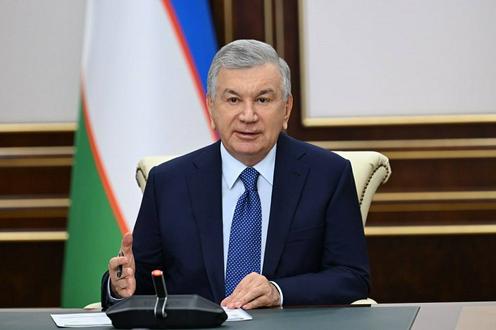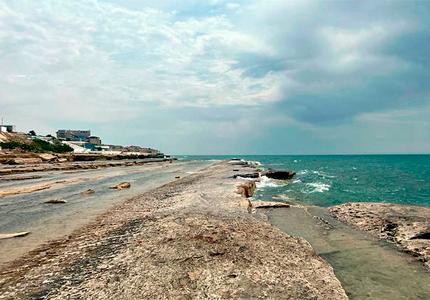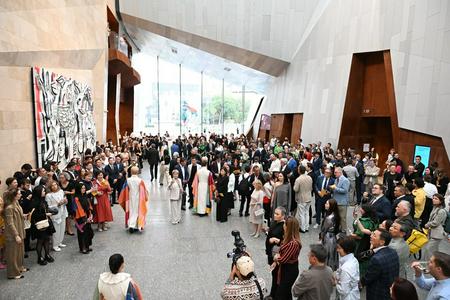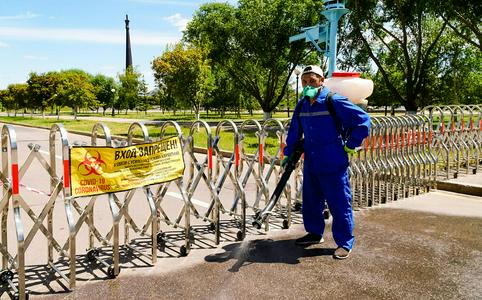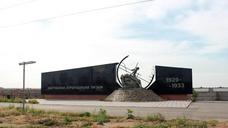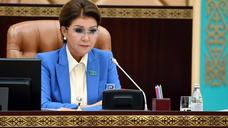In an era of global uncertainty, Central Asia’s greatest resource is good neighborliness, unity, and mutual support. Strengthening trust and partnership serves the interests of millions who link their future to peace, stability, and development in the region. This was stated by President of Uzbekistan Shavkat Mirziyoyev in his article “Central Asia on the Threshold of a New Era,” published on the president’s official website.
The Uzbek leader emphasized that Central Asia is entering a new and historically significant stage of development. For the first time in many years, an atmosphere of trust and mutual respect has taken shape across the region, forming the foundation for joint progress.
A vivid symbol of these changes, Mirziyoyev noted, is the series of Consultative Meetings of Central Asian heads of state, which have become an effective mechanism for dialogue and cooperation. He expressed hope that the upcoming summit of Central Asian presidents, scheduled for November 16 in Tashkent, will mark an important milestone in building a stable and prosperous region.
The president highlighted several examples of growing regional cooperation, including the resolution of border issues. Of particular historical significance, he said, was the signing of the March 2025 Agreement on the Junction of Borders of Three States and the Khujand Declaration between Uzbekistan, Kyrgyzstan, and Tajikistan.
He also pointed to progress in the water and energy sector, such as the joint construction of the Kambarata Hydroelectric Power Plant by Uzbekistan, Kyrgyzstan, and Kazakhstan. Another example of pragmatic compromise is the agreement between Tashkent and Bishkek on the shared use of the Chashma spring, as well as the accord between the governments of Uzbekistan and Turkmenistan on the rational use of the Amu Darya River’s resources.
“The Concept for the Development of Regional Cooperation ‘Central Asia–2040,’ adopted at the 2024 summit in Astana, has become an important programmatic document. It defined long-term priorities aimed at ensuring regional security and development,” Mirziyoyev wrote.
The region continues to demonstrate stable economic growth. Over the past eight years, the combined GDP of the Central Asian republics has nearly doubled, reaching $520 billion. Foreign trade has doubled to $253 billion, while intra-regional trade has also doubled to $11 billion. Mutual investments, meanwhile, have increased 5.6 times.
Tourism and other sectors are also developing. According to the president, the share of intra-regional tourism now exceeds 80%.
“What once seemed like a dream — free movement, mutual respect, a sense of closeness and trust — is becoming reality,” he emphasized.
Mirziyoyev also noted the growing international presence of Central Asian countries, underscoring the importance of the “Central Asia plus” dialogue formats. This year alone, he pointed out, the region hosted summits in the “CA–European Union,” “CA–United States,” “CA–Russia,” and “CA–China” formats — all evidence of the region’s rising strategic significance in global politics.
At the same time, the Uzbek leader stressed the need for continued integration, economic and humanitarian cooperation, and attention to ecological and security challenges.
“For Uzbekistan, the development of regional cooperation is not a tactical choice but a deliberate strategic course based on our shared responsibility for the future of Central Asia,” Mirziyoyev concluded.
